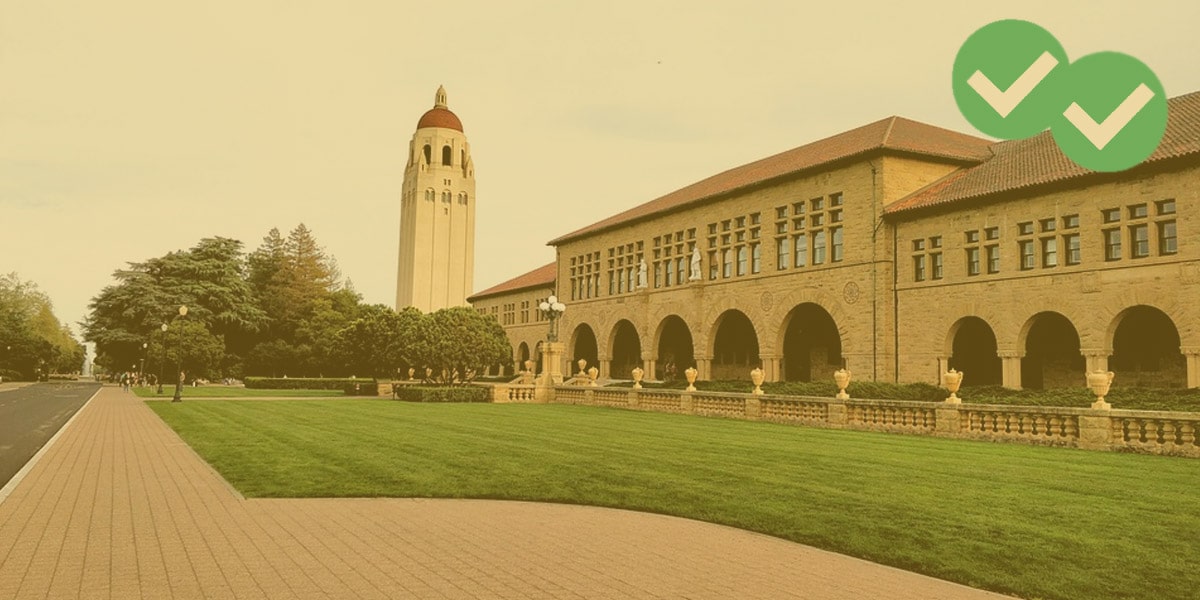Before you start getting out the books for the LSAT, it’s helpful to understand some context about the test you’re about to study for (and master!) in the next few months. Let’s take a look at some LSAT history 101.
What existed before the LSAT?
The official Law School Admission Test (aka LSAT) that we all know today was not the first law school admission test to exist. Back in the 1920s, George D. Stoddard, a psychologist at the University of Iowa, and Merton L. Ferson, then a dean at North Carolina, created a standardized admission test that predated the official LSAT by about twenty years.
In 1930, Yale began using its own standardized admission test. While law schools at this time didn’t universally use the same test (or chose not to use standardized tests at all), these tests were intended to control the subjectivity of undergraduate grading scales and academic records.
Notably, these admission tests were always meant to supplement other components of law school applications. Admissions officers did not believe that standardized tests should be the sole determining factor in admissions.
Brainstorming the LSAT
In 1945, Frank H. Bowles, the admissions director for Columbia Law School, wrote to John Stalnaker, president of the College Entrance Examination Board (CEEB), with his opinion that the law school admission test needed revamping. He proposed a new test that would follow seven criteria:
1) a high predictive value,
2) an ability to measure capacity for law school,
3) high reliability,
4) a maximum of one to 1.5 hours in length,
5) a clear relation to the study of law,
6) easily interpretable results, and
7) low cost.
Henry Chauncey, the new head of the CEEB, showed interest in the creation of a new testing instrument but noted that some criteria would likely need to be prioritized over others.
Creating the LSAT
In 1947, Columbia representatives met with CEEB to initiate conversations on LSAT development. Bowles believed that the LSAT’s value would come from its ability to predict first-year law grades. To this end, the meeting participants proposed a number of items the test would cover, such as paragraph reading, analogies, syllogistic reasoning, inconsistencies, and practical judgment. (Does any of this sound familiar? Reading comprehension, logic games, and logical reasoning?)
Columbia invited Harvard and Yale to participate in the project and help finance the costs of writing and administering the test. Harvard and Yale came on board during a November 1947 meeting, as did Rutgers, Northwestern, Syracuse, Stanford, Cornell, the University of Southern California, New York University, and the University of Pennsylvania. This meeting marked the beginnings of the LSAT we know today.
Who writes the LSAT?
The Law School Admission Council, otherwise known as LSAC, writes the LSAT. LSAC is responsible for administering over 150,000 tests annually at test centers around the world. The organization helps facilitate law school admissions for both schools and their applicants.
What is the LSAT used for?
The LSAT continues to serve its original purposes. That is, the test is meant to measure skills that are essential for success in law school – the ability to read and understand complex texts, the ability to make inferences based on provided information, and the ability to analyze and evaluate others’ reasoning and arguments. However, while studies show that performance on the LSAT is correlated with first-year law grades, the correlation is not strong. LSAC notes that the LSAT should be viewed as a general indicator of performance, and not as an exact predictive rule.
Schools also continue to use LSAT scores as supplementary information to help give context to a student’s undergraduate record. Given the great variation we see in college GPAs (and in rigor of students’ courseloads), the LSAT helps even out the playing field across all applicants.






Leave a Reply